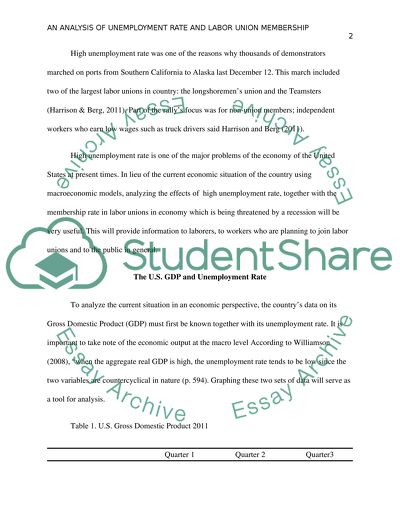Cite this document
(“Wages ,Unions ,and Labor Term Paper Example | Topics and Well Written Essays - 2500 words”, n.d.)
Retrieved from https://studentshare.org/macro-microeconomics/1393739-wages-unions-and-labor
Retrieved from https://studentshare.org/macro-microeconomics/1393739-wages-unions-and-labor
(Wages ,Unions ,and Labor Term Paper Example | Topics and Well Written Essays - 2500 Words)
https://studentshare.org/macro-microeconomics/1393739-wages-unions-and-labor.
https://studentshare.org/macro-microeconomics/1393739-wages-unions-and-labor.
“Wages ,Unions ,and Labor Term Paper Example | Topics and Well Written Essays - 2500 Words”, n.d. https://studentshare.org/macro-microeconomics/1393739-wages-unions-and-labor.


